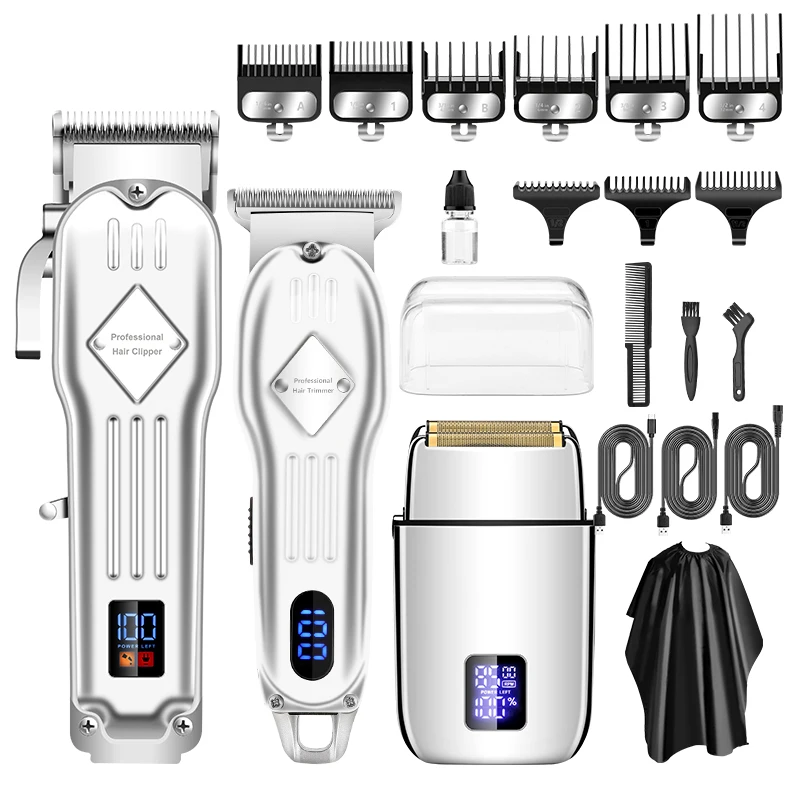Hair clippers are invaluable tools for personal grooming. They have revolutionized how individuals manage their hair. Gone are the days of relying solely on barber shops and salons. With a decent hair clipper, anyone can achieve professional-looking results at home.
Investing in a good hair clipper is a long-term decision. This equipment provides convenience, cost savings, and versatility. Additionally, these devices come in various styles, sizes, and capabilities. Understanding the features and functions will help you choose wisely.
In this article, we delve into comprehensively examining hair clippers. We will discuss the types available and their uses. Moreover, we will offer techniques and tips for effective use. By the end of this article, you will feel confident about selecting and using your own hair clipper.
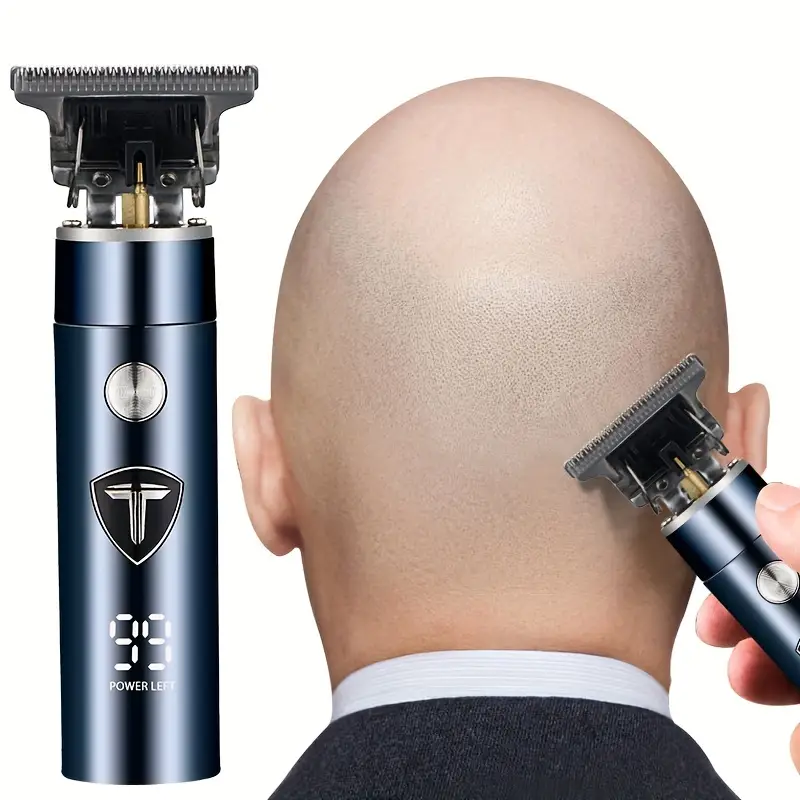
Types of Hair Clippers: Choosing the Right One for You
When it comes to hair clippers, not all are created equal. They come in various types, designed for different needs. Each type has unique features that cater to specific grooming tasks. Therefore, understanding these can guide your purchase decision.
Electric Hair Clippers: The Most Popular Choice
Electric hair clippers are the most commonly used type. They provide a fast, efficient cutting experience. Moreover, they are suitable for various hair types and lengths. Many electric clippers have adjustable blades, giving you flexibility in length.
Looking at the motor, it can either be rotary or pivot. Rotary motors are stronger and quieter. Thus, they are ideal for thick hair. On the other hand, pivot motors are lighter, making them perfect for finer hair.
Besides motor types, blade quality is crucial. Stainless steel blades are durable and easy to clean. Titanium blades, while more expensive, are sharper and offer a cleaner cut. So, when investing, consider both the motor and blade type that suits your needs.
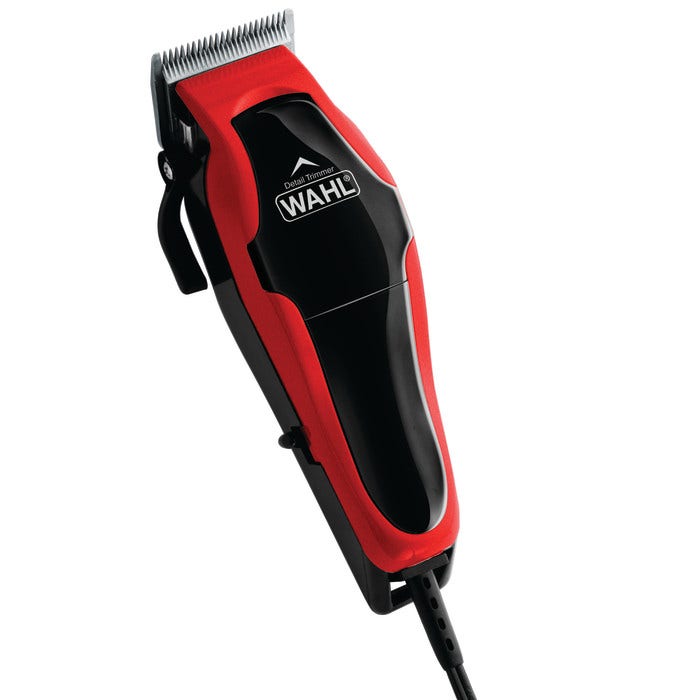
Manual Hair Clippers: A Classic Option
Manual hair clippers, also known as scissors clippers, are another option. They are less common today, but they offer specific benefits. For instance, many barbers prefer them for detailed work. This is because they allow for more precision than electric clippers.
Manual clippers require skill and practice to master. When using them, one must be patient and steady. While they can take longer, the results can be striking. Precision cutting with these clippers allows for creative styles and designs.
Additionally, manual clippers operate quietly and have no batteries or cords. This makes them portable and great for travel. Keep in mind, however, they may not be suitable for longer hair.
How to Use Hair Clippers Effectively
Using hair clippers might seem straightforward, but technique matters. With the right approach, anyone can achieve salon-worthy results. Moreover, proper usage minimizes the risk of mishaps. Here are some essential tips to follow for effective trimming.
Preparation: The Key to a Great Haircut
Before you even turn on your clippers, preparation is crucial. First, ensure your clipper is clean and charged. A dirty clipper can lead to uneven cuts and hair pulling. Additionally, regular maintenance extends the lifespan of your device.
Next, decide on the hairstyle you want. Researching styles beforehand can guide your technique. You’ll also need the right combs or guards for your clipper. Different lengths will create different looks. Therefore, having a selection allows flexibility during your cut.
Finally, prepare your hair. Start with clean, dry hair for the best results. If your hair is too wet, it may clump and yield uneven lengths. However, if you prefer using clippers on wet hair, make sure the blade is sharp. Wet hair often requires a sharper blade for optimal performance.
Technique: Mastering the Art of Clipping
Once you’re prepared, begin the actual cutting. Use slow, controlled movements when guiding the clipper. Starting at the back of your head and moving toward the front is generally advisable. This helps you maintain balance and control.
It’s also significant to angle the clipper correctly. Hold it at a 90-degree angle to your scalp for the most efficient cut. If you’re working with longer hair, use a longer guard. Gradually switch to shorter guards as you progress toward the top of your head.
Moreover, note the importance of blending. Transitioning between different guard lengths can create a seamless, professional appearance. Use the clipper’s higher guard in areas where the hair is longer. Conversely, opt for a shorter guard in areas that require trimming.
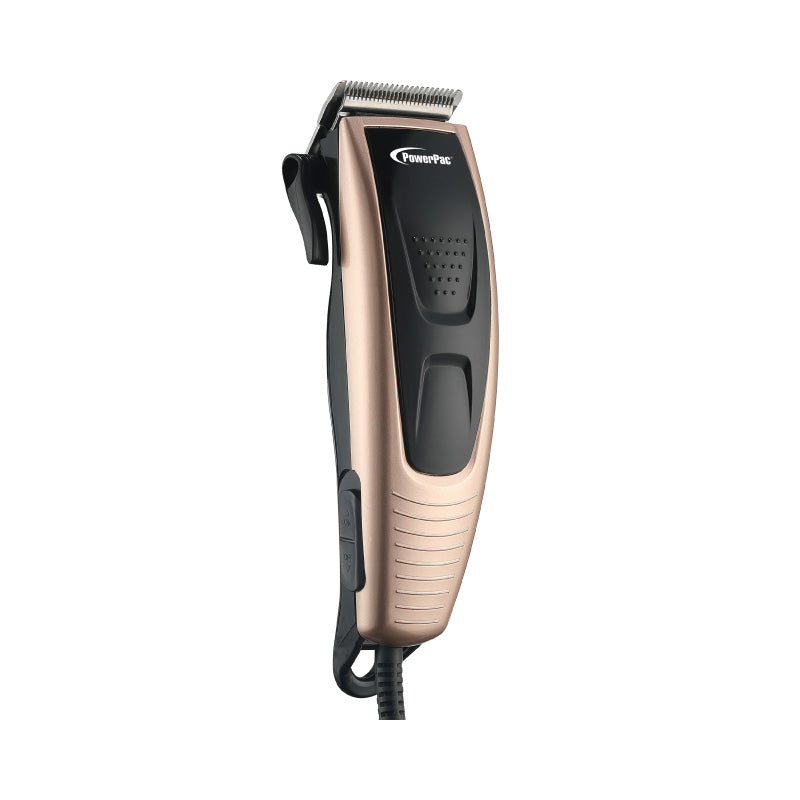
Advanced Techniques for Hair Clippers
Once you’ve mastered the basics, you can explore advanced techniques. These will add versatility to your grooming routine. Plus, they will enhance your overall skill level.
Tapering and Fading: Creating Dimension
Tapering and fading are both essential for modern hairstyles. These techniques offer depth and dimension to your look. To begin tapering, start with a longer guard at the top. Gradually switch to shorter guards as you move down.
The goal is to blend the hair without noticeable lines. To do this effectively, utilize a flicking motion at the transition point. This creates a more blended appearance. Blend until you achieve a seamless gradient.
Fading requires precision and sensitivity. It may take some practice before you develop the technique. When fading, be patient and take your time. Theo’s saying, “Rome wasn’t built in a day,” fits perfectly in this context.
Texturizing: Enhancing Your Style
Another advanced technique is texturizing. This creates soft layers and movement within the hair. Texturizing involves cutting some hair shorter while leaving others longer. This technique is especially useful for thick hair.
To begin, decide which areas you want to texturize. Use a smaller guard or even the clipper without guards. The strategy is to create a dynamic look without losing volume.
Carefully slide the clipper through sections of hair. Remember, cutting too much can lead to an undesired outcome. Therefore, always err on the side of caution. Regularly step back and assess your work from different angles.
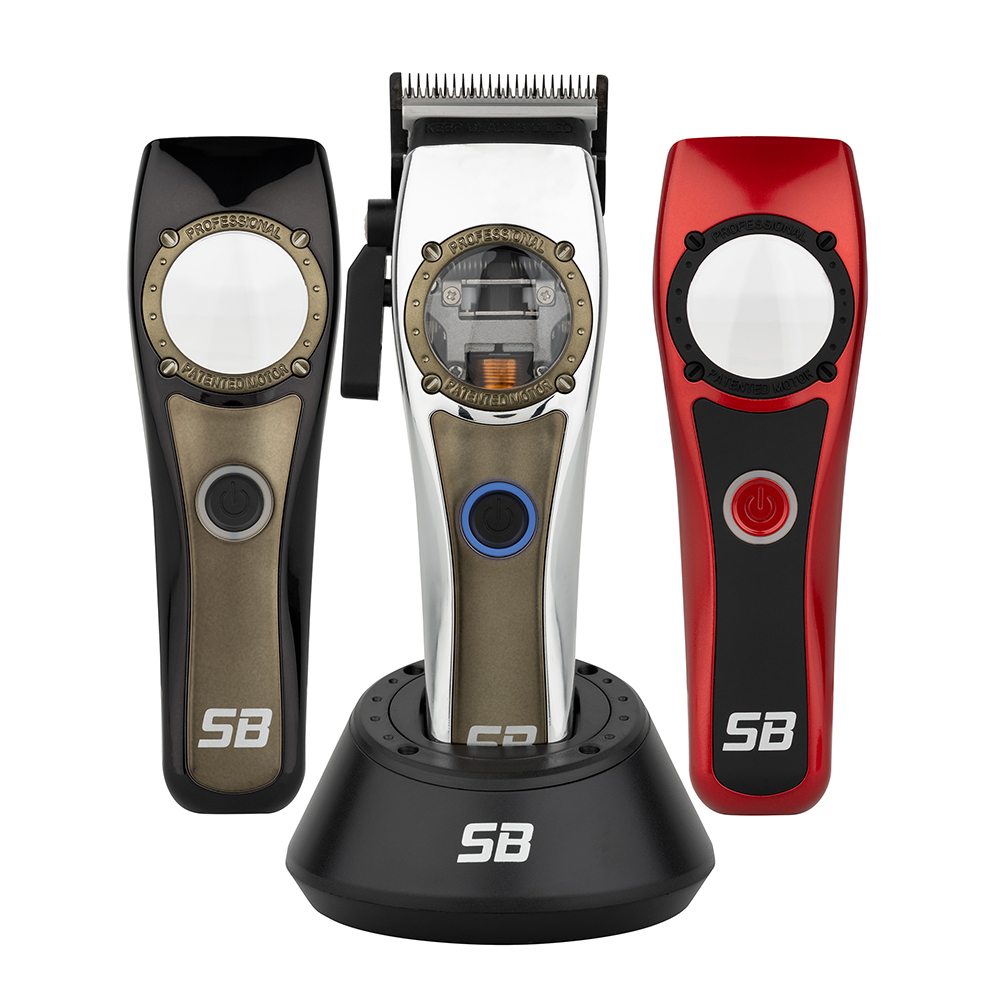
The Importance of Clipper Maintenance
Regular clipper maintenance is vital for long-lasting performance. Without proper care, your tool may underperform over time. This can lead to uneven cuts and increased wear and tear. Therefore, establishing a maintenance routine is crucial.
Cleaning: A Quick Routine
Cleaning your clippers should be part of your weekly routine. After every use, detach the blade and brush away hair clippings. A small brush often comes with your clipper.
Occasionally, oils help to lubricate the blades. This keeps them operating smoothly and cuts effectively. After cleaning, place a few drops of oil on the blades. Wipe away any excess to avoid messiness.
Do not forget to check the power sources as well. If you use a corded model, inspect the cord for any wear. For cordless models, ensure batteries stay fully charged.
Storage: Prolonging the Life of Your Clippers
Proper storage is equally essential for maintaining your clippers. Store them in a cool, dry place after cleaning. Avoid leaving them exposed to moisture or extreme temperatures.
Using a case or bag can protect them from physical damage. When storing, ensure the blades do not touch each other. This prevents dulling and other damage to the cutting edges.
Additionally, consider keeping them out of reach of pets and children. Accidents can happen, but careful storage can minimize risks.
Troubleshooting Common Clipper Issues
Even with great care, clippers can face issues. Knowing how to address common problems will help you maintain performance. Here are some common issues and their solutions.
Dull Blades: Recognizing the Signs
Dull blades are one of the most common issues users face. If you notice tugging or pulling while cutting, the blades may need sharpening. Regularly check blade sharpness to prevent these issues from escalating.
If the blades become dull, they can often be sharpened. Several home sharpening kits exist to help prolong your clipper’s life. However, if the damage is severe, consider professional sharpening or replacement.
Moreover, investing in higher-quality blades might save you time in the long run. Remember, prevention is better than cure. Regular maintenance is crucial to avoid dull blades or other complications.
Battery Problems: Addressing Power Issues
For cordless clippers, battery life is paramount. If your clipper runs out of power frequently, something may be amiss. First, ensure you are fully charging the device. Sometimes, a simple recharge can solve the issue.
If your clipper still struggles with battery life, consider replacing it. Battery degradation is common over time. Regularly monitor the battery’s performance for consistency.
Conversely, if your clipper won’t turn on at all, check the power cord. Damage to the cord can prevent the clipper from receiving power. Inspecting the cord for any signs of wear is crucial.
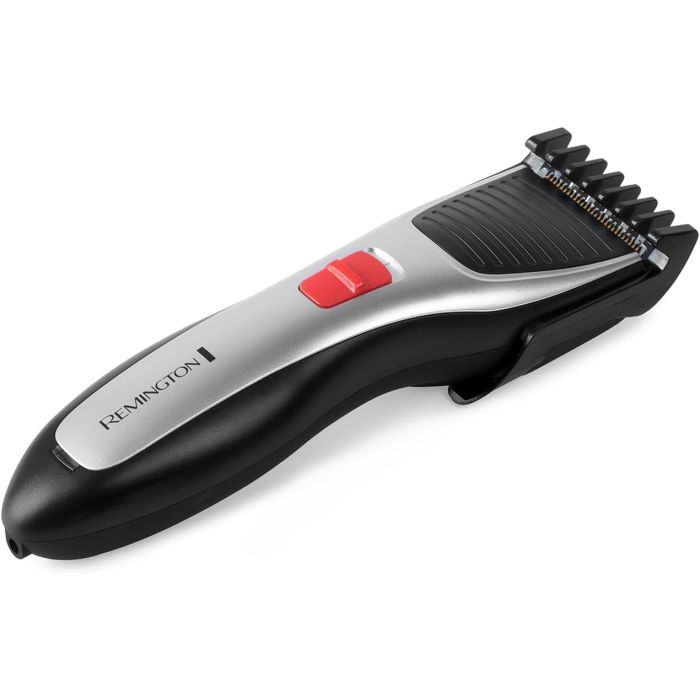
Conclusion: Mastering Your Hair Clipper Skills
In conclusion, hair clippers are powerful tools for personal grooming. With the right knowledge and practice, anyone can achieve professional-quality cuts at home. Understanding the various types, techniques, and maintenance ensures long-lasting performance from your clipper.
Mastering these skills takes time, but the rewards are plentiful. Successfully using hair clippers empowers individuals in their grooming routine. Achieving the desired hairstyle without the need for salons is liberating. Plus, you gain confidence in your ability to manage your appearance.
Finally, always stay updated on trends and techniques. As you gain experience, consider different styles and approaches. This will elevate your skills and enhance your creativity. Ultimately, hair clippers are tools that can positively impact your grooming journey. Embrace the learning process, and enjoy the art of personal grooming!

